To AI, or not to AI: book cover design
AI-generated book covers, what does it say about your book?
An artist I’d hired to create some character art to promote my upcoming novel recently reached out to say, thank you. “So many authors are using AI now, so I appreciate the commission,” she said.
As a creator, I make it my mission to support other creators. In my mind, the creation process is incomplete if it ends with the creator. Creation is about giving of one’s self for the edification of others. There is an exchange. A giving and receiving.
As a writer, I will never let AI touch my art practice. And, as a Christian, I believe in the Golden Rule of doing unto others as I’d have them do to me.
Unethical pirating learning models aside, implementing the help of a soulless machine to create visual art for my words, to let something inhuman herald in readers into this deeply human creation, is the same as hiring Captain Crunch be the spokesperson for my novel. It holds absolutely no substantive value or resonance.
Today, I’ve invited a fellow Substacker and fantasy writer, Daria Henshaw from All the Girls I Write Are Haunted, to cowrite this article with me.
We hope to offer some practical advice for self-publishing authors who feel conflicted about if they should use AI for their books covers. We will also share a list of tools and resources to help self-publishing authors get the best cover they can afford without having to resort to GenAI.
Why Did We Write This Article?
A few months ago, we came across a widely subscribed to newsletter geared toward self-published authors. It was filled with the longest word salad we’d ever read about why it’s okay for authors to use GenAI for their cover designs.
The article assumed that most self-published authors simply can’t afford good covers. It also stated that authors making their own covers with AI is just good business.
Now, we probably would have moved on and not even written this piece were it not for the comments section. The majority of it’s readership (i.e. self-publishing authors) agreed with the article, thanking it for affirming their choices to use AI to create their book covers.
Can you say, echo chamber?
Now, we aren’t here to bash other publications, or to put down the authors who don’t want to break the bank. But that article had no statistics or other evidence that this is truly a better route for a self-publishing author.
So we are coming at this with facts, data, and real resources that aren’t so fatalist as resorting to AI to generate your book cover for you. Take heart! There are other ways to get the cover of your dreams without having to sell your car, or search for quarters in storm drains, or inherit your long lost uncle’s fortune.
GenAI Harmless or Harmful?
By day, I—Daria—work as an in-house graphic designer in the tourism industry. Prior to this job, I was a graphic designer at an agency and worked in the financial technologies industry for several years. I’ve witnessed the slow but terrifying development of image-generative AI and have been there when everything it spat out was instantly recognizable rubbish. It got progressively better at creating truly believable imagery, and I don’t think a lot of people realize just how problematic it is and the extent of it.
Aside from image-generative AI being trained on stolen art that people poured heart, soul, blood and tears into, that same image-generative AI someone would use to create a book cover can create images with your face doing something you did not consent to do on camera. That same image-generative AI is used by child predators to alter images of real children they find online to make them appear undressed or worse. If this doesn’t scare you, you’re of strong heart. Because it sure as hell scares me. We cannot be against some applications of image-generative AI and be okay with others. It is this grey line that feeds its use.
It is this grey line that feeds its use.
There are so many applications when AI is something useful and sometimes even life-changing. A GP can use AI to transcribe a conversation and better focus on their patient’s concerns instead of taking notes. Someone who has been diagnosed with ALS and might lose their voice to the disease, can use AI to preserve and then recreate their voice in the future.
Not all AI is bad. But it should be used where it’s truly needed, where it changes lives, where it helps. Not to replace something already perfect—real art created by real people.
Assumption: Pretty Book Covers are Unaffordable
So, how much does a book cover really cost? Like anything, there’s a range depending on the designer and the complexity of the cover.
A few self-publishing authors we know were willing to share their covers and be transparent about the cost. For an even lower budget, there are premade covers on the market for as low as $90.
Example 1.
Author A.R. Bledsoe spent $660 on her cover. The background art was created by Nic Ferrari and the author designed the text herself purchasing an Adobe font and using Photoshop.
Example 2.
Author Cheyenne van Langevelde paid $360 for ebook and paperback and an additional $200 for the hardcover (dust jacket) for her first book. She later learned how to design covers for herself and others and made this!
Example 3.
Author Brigitte Cromey’s commissioned this awesome cover for her sci-fi novel from EAH Creative (Emilie Haney). Emilie typically charges $350 for a full paperback wrap/ebook package.
Example 4.
Author Jordan Smith’s artist is Fakel Barros with Stardust Book Services. The total for the wrap was $375. “The whole process was seamless and easy,” shared Smith.
Assumption: Saving money is just good business
There is more to good business practice than simply keeping costs low. Let’s look at potential set backs to using GenAI covers.
Copywriting Issues
Because AI cannot be copyrighted, an AI-generated cover doesn’t belong to you. That means anyone can use your cover or artwork without your permission.
Ebenezer Scrooge Vibes
If you are a creator hoping for others to spend their hard earned money to buy your books, but are unwilling to support other creators in the process, this is a double-standard.
If we are stingy with our resources and are unwilling to prosper someone else, how can we hope for others to prosper us?
Your AI Cover Might Hurt Your Book Sales
94 readers and writers we polled on Instagram and asked them this question.
Poll: Do you notice when a book cover is AI-generated?
Yes: 44%
No: 4%
Sometimes: 52%
Poll: Would you by a book with AI-Generated Cover?
Yes: 17% (16)
No: 83% (78)
Whether the story is amazing and human written or not, that’s still 78 people out of 94 not buying the book with an AI-generated cover.
Impact on Author Brand
It may negatively affect your brand. I’ve heard authors say that they don’t believe in using AI to write, but it’s okay to use AI art. This is, again, a double standard and calls the author’s integrity into question.
Poll: If an author used AI to generate a book cover, do you believe they would use AI during their writing process?
Yes: 33%
No: 13%
Maybe: 54%
So that’s 87% of people who, if they see an AI-generated cover are questioning that the author’s story isn’t also, at least partially, AI-generated or aided.
Poll: Would you read an AI-generated book?
Yes: 2%
No: 94%
Maybe: 4%
Even if the author isn’t using ChatGPT to generate his words, his reputation and sales could be affected.
Missing out on Networking/Collaboration
When we polled 31 self-publishing authors who hired human artists all of them said it was 100% worth hiring a real person to create their cover. 92% said they built a relationship with their designer—one even said they became best friends!
How You Can Get A Human-Made Cover On Any Budget
So what is the alternative? Never fear! We have a lot of ideas!
Premade Covers
There are heaps of human graphic designers, beginners and veterans, who create premade covers at discounted rates. You can spend anywhere from $20 to $400 depending on what you want.
I recently came across Andy Payne Book Designs IG page and reached out to him to learn more. He is a talented graphic designer that does not use AI. His pre-mades are $250. He offers custom covers starting at $350.
You can also check out these sites below with some truly beautiful covers starting at $90: Book Cover Zone, Book Cover Designer, The Cover Collection, Get Premades .
*It is increasingly difficult to find real creators who do not use AI in their process. Some creators who sell their book covers through the above links or on Etsy might be using AI, there’s no way to check every cover for sale.
Our best advice would be to approach every creator you hire with a head on question: Do you use AI in your process? If their reply is yes, do not proceed. Read your contracts, look out for any mention of AI there. Ask for preliminary sketches and to be included in the process. A human artist will send you some rough sketches of the design before starting the rending.
Make your own
Necessity is the mother of invention after all! If an author can’t afford a premade cover, they can always attempt to learn a new skill.
Creative Market , Envato, and other stock sites offer FREE royalty free graphics, photos, and designs monthly if you sign up with them. You would require a commercial license to use the assets for your book cover.
Some authors I’ve come across have made some truly lovely covers themselves with Canva. There are free classes on YouTube with all kinds of ideas on how to use the various features.
Editable Book Cover Design Softwares - check out this Reedsy article which breaks down the pros and cons of different platforms.
It is entirely free to create a cover on Amazon’s KDP, but beware of using AI in that situation as well.
Thinking Outside the Box
Offer trades or exchanges with artists. Some artists want to build up their portfolios and they're willing to work with you in exchange for something that benefits you both. There is no harm in asking around, and building relationships with human artists.
Hire an artist to create the background and you do the text/formatting like what author A.R. Bledsoe did in the example above!
Hire an entry-level artist. There are thousands of human, entry-level artists that charge a pittance for their artwork. You can find them everywhere, but Bethany’s publisher, has an extensive database on their website.
Create a Kickstarter Campaign. Many self-publishing authors have fully funded their book on Kickstarter. It allows backers to be a part of the publishing process, and makes them feel invested in your story.
I really think Kickstarter is the future for indie authors. - Samantha Norbury, Audiobook Narrator
Monetizing your Substack is a great way to have a small stream of revenue and fund your book projects. Think about creating regular, valuable, quality content that then gives you a small income stream.
Hiring a designer on Reedsy, a specialized marketplace for authors. Designer prices will range, but Reedsy reports that cover designs will generally start between $300-500 per project.
“A lot of times newer artists offer cheaper prices but give the same quality as seasoned artists. They just haven't been around long enough to establish themselves yet. So, look for newer artists.” - Bryn Shutt, author & publishing staff
Conclusion
Writing is hard work. But it is the effort, the wait, the struggles that make it meaningful. Resorting to an AI cover so that it can be reader-ready, may seem like an easier route. But could it also be cheating yourself out of the achievement that is becoming a published author?
We hope that this article brought some peace to authors who are struggling with a moral dilemma and provided real help. What did you find most interesting about what we shared? Were you surprised by any of the poll answers? Let us know in the comments below!
About the Authors
Daria is a Ukrainian-born, Australian-sworn and New Zealander-dwelling writer and graphic designer. Her speculative short story SEDENTARY is published in New Australian Fiction Anthology. When she’s not working on her dark fantasy novel, reading or writing for her Substack “All the girls I write are haunted”, Daria is exploring Auckland parks with her husband and their dog Pippin.
Bethany is a wife, mom, follower of Jesus and former freelance writer. Her short story, THE WONDROUS CRIMINAL BEHAVIOR OF EDITH LIDDELL, releases next week in the Wonder Tales Anthology and her debut fantasy novel releases May 2026 with Whimsical Publishing. When not scribbling stories or chasing tiny humans around, Bethany enjoys hiking, kayaking, and decorating.

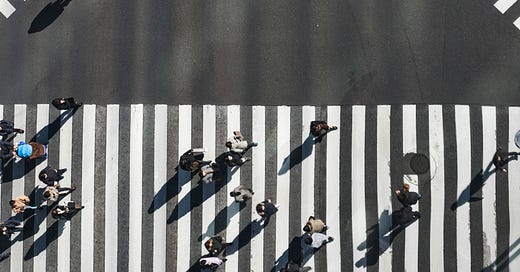




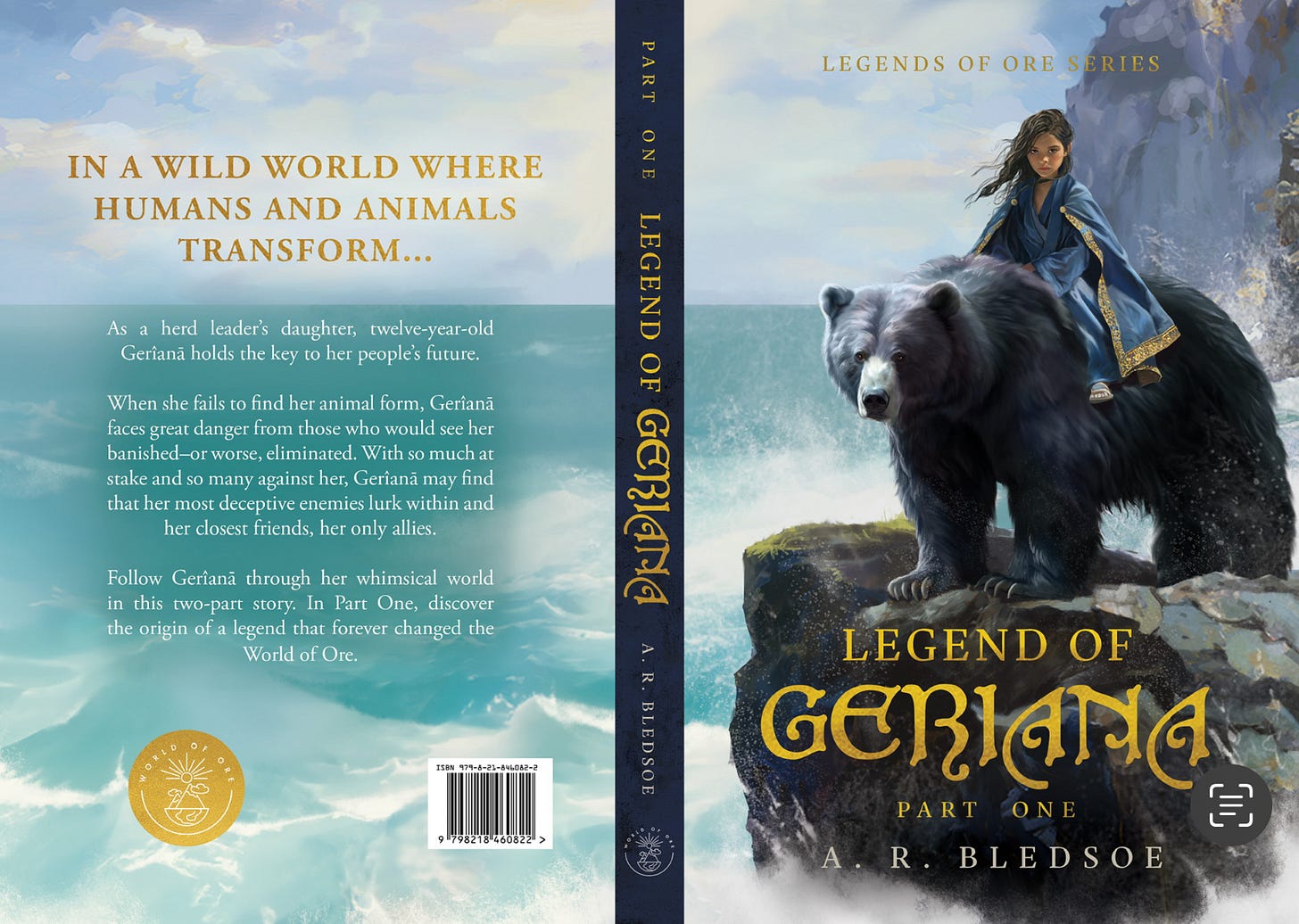
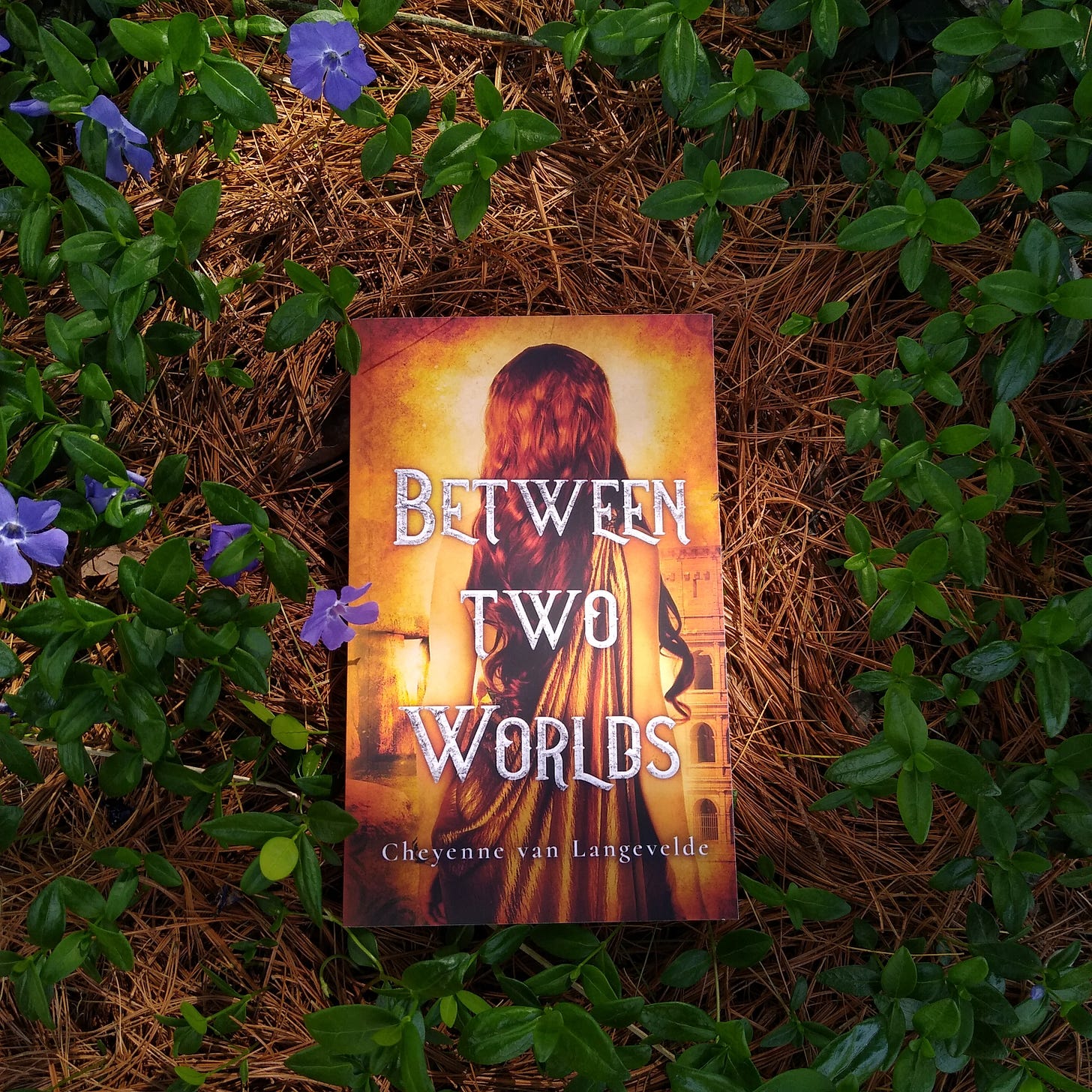

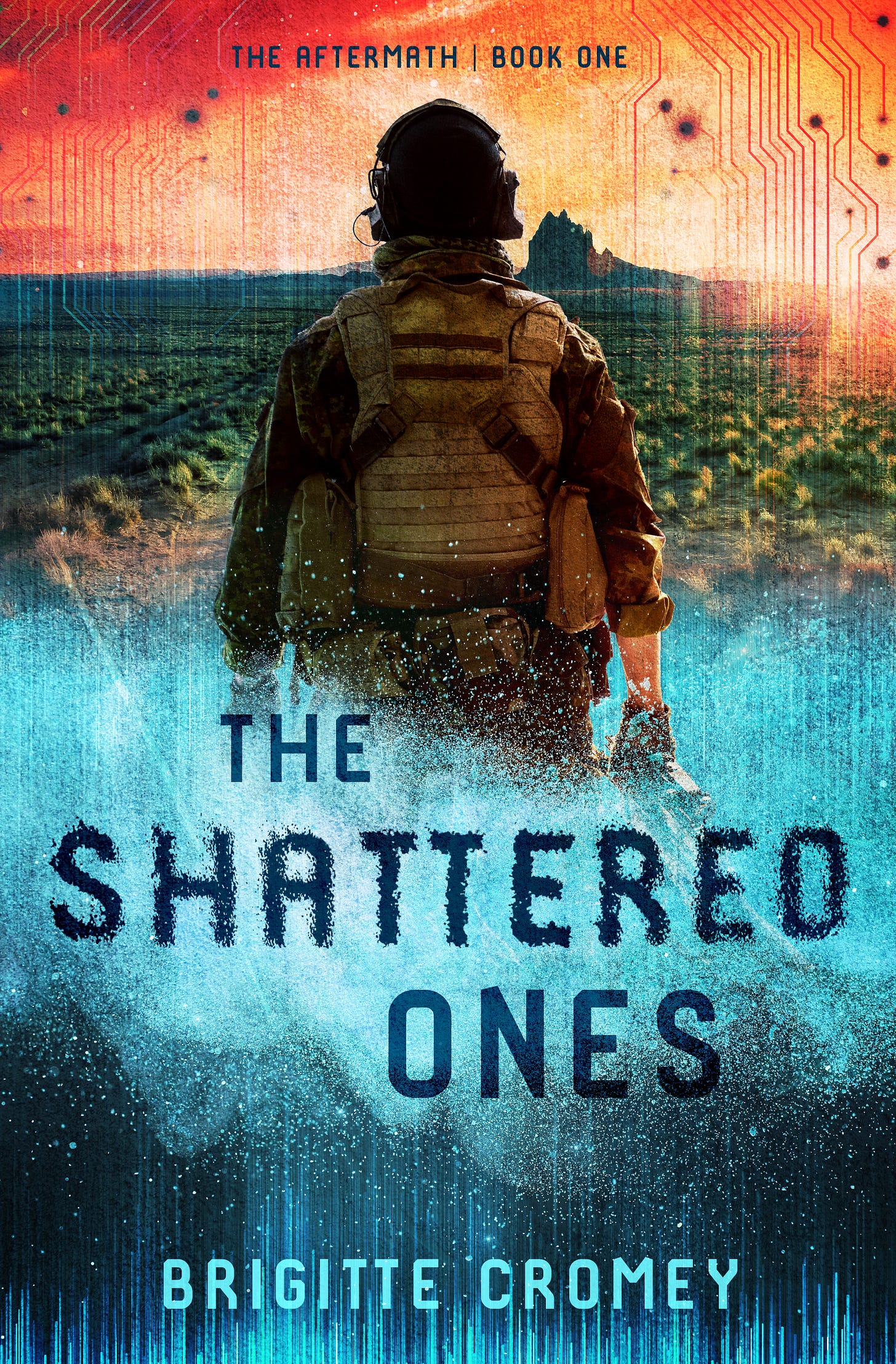
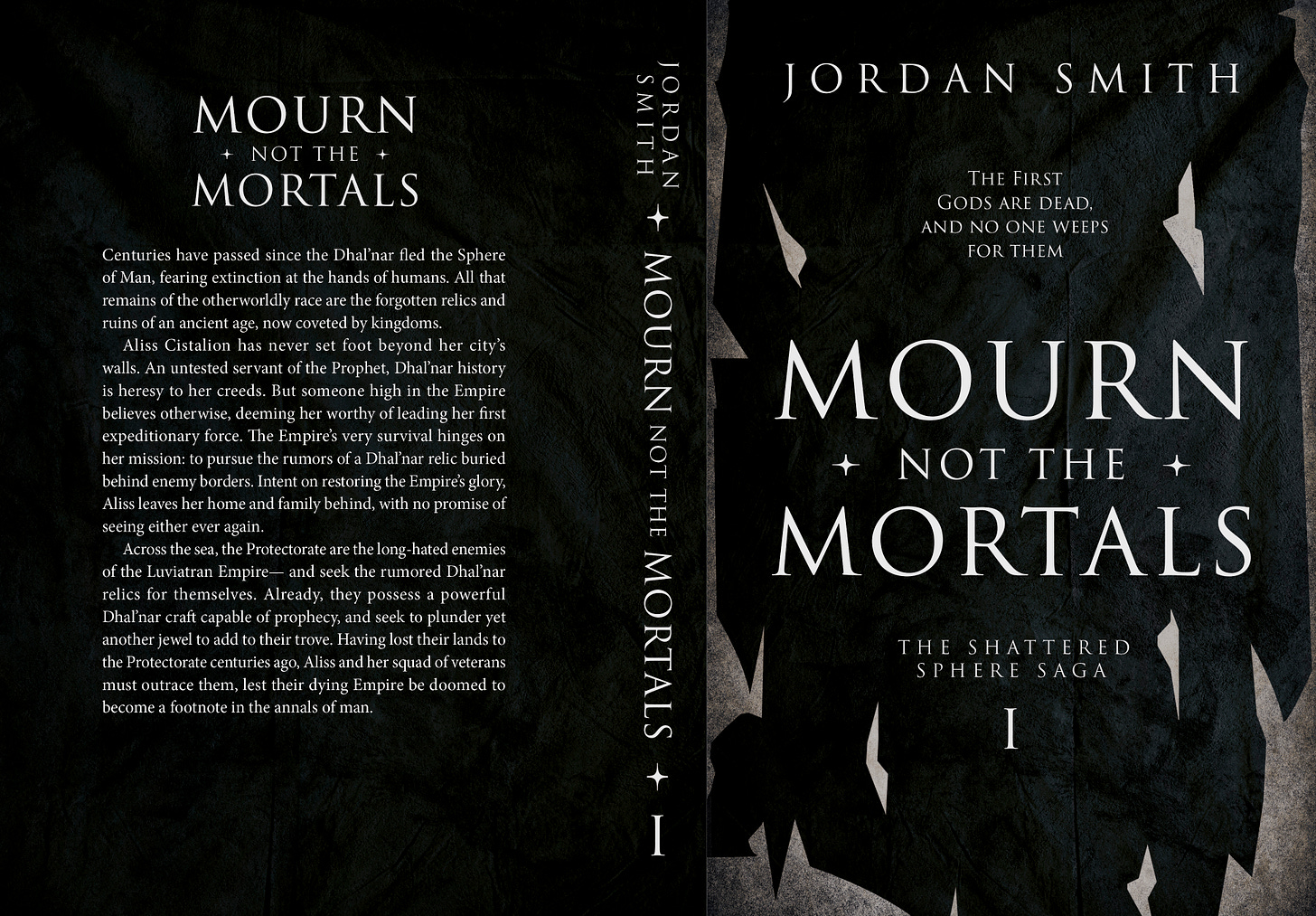


Yes, yes, yes. Thank you for calling this out. If all an author cares about is marketability, well, 83% of readers not even considering their book is quite damning.
But I think you're right to call out the "soft" side and emphasize it. Missed collaborations, missed relationships, and missed support of other creative people are the biggest invisible costs of offloading to AI.
For Christian creators, I believe the standard is more specific. I shared some thoughts in this article. Cheers! https://open.substack.com/pub/leovaughn/p/using-genai-is-a-kind-of-infidelity?utm_source=share&utm_medium=android&r=el4qy
Interesting article.
I know I commissioned a local cover designer for my first two self-published books, at a cost of £300 and £25O. A 50% deposit, balance paid on completion. I did not hassle the artist over delivery times, which allowed him to still complete other orders to deadlines. Being from Leeds in the UK, he knew Sheffield very well. He provided four rough designs from the information I gave him, then made adjustments to the one I chose.
The price did include formatting on the first book, the second I had learned enough to do that myself.
I do use Daz3d, to create my picture prompts and illustrations even my own cover. Although an Amazon KDP moderator did pull me up on one of my Centauride graphics, even with her back turned away she was not allowed to be topless. A quick fix, and she was good to go.
As regards AI, I do know that free software like, "Glaze," and, "Nightshade," digitally poisons any AI scraping any graphic that has been run through said software.
I also AutoCrit to check my manuscripts, mainly for POV and Tense.
We will have to see what the UK comes up with as a compromise between creatives, and AI industry.